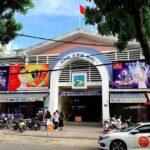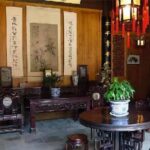After nearly two centuries of existence, Cho Vang is currently in a state of disrepair, posing safety risks to its visitors. Recently, the People’s Committee of Hai Duong City approved a detailed planning task for the renovation of Cho Vang at a scale of 1/500.
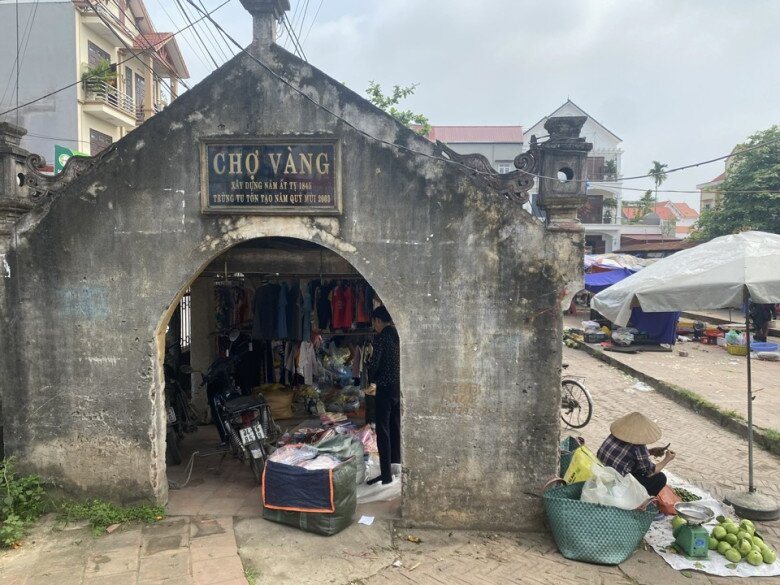
Cho Vang, a nearly 200-year-old market located in the heart of Hai Duong, is a symbol of the city’s rich history and a source of pride for its residents. Unfortunately, the market is currently in a state of disrepair, as evident in the image below:
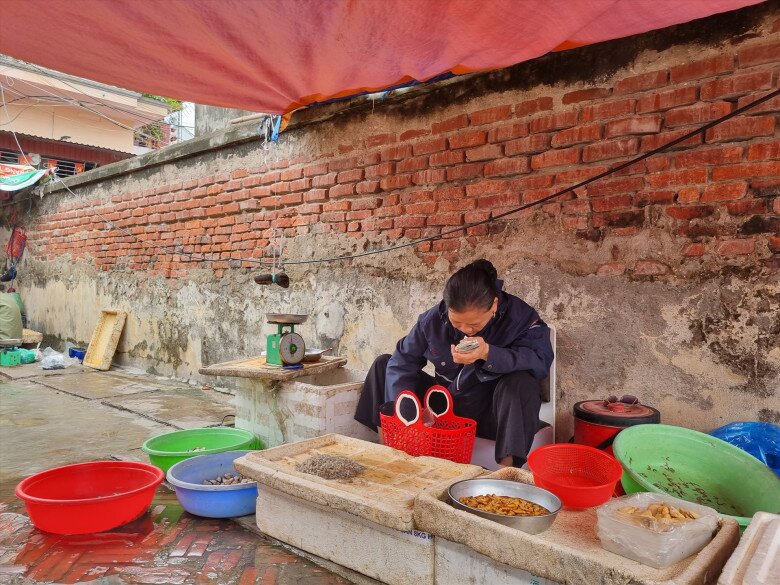
Constructed in the year 1845 and renovated in 2003, Cho Vang is one of the oldest markets in Quat Thang, embodying the traditional culture of the Xứ Đông region. Spanning an area of approximately 1,600 square meters, the market consists of two main rows of shops catering to local traders and businesses. Each row features ten stalls, with distinctive curved roofs on the two end stalls.
The stone pillars at the front and back of each shop are intricately carved with Chinese and Nom characters, honoring individuals, families, and village associations who contributed to the market’s construction. The horizontal and vertical beams, as well as the purlins and rafters, are made of durable ironwood, while the roofs are tiled and the courtyard is paved with tilted bricks, with stone slabs for flagpoles during festivals.
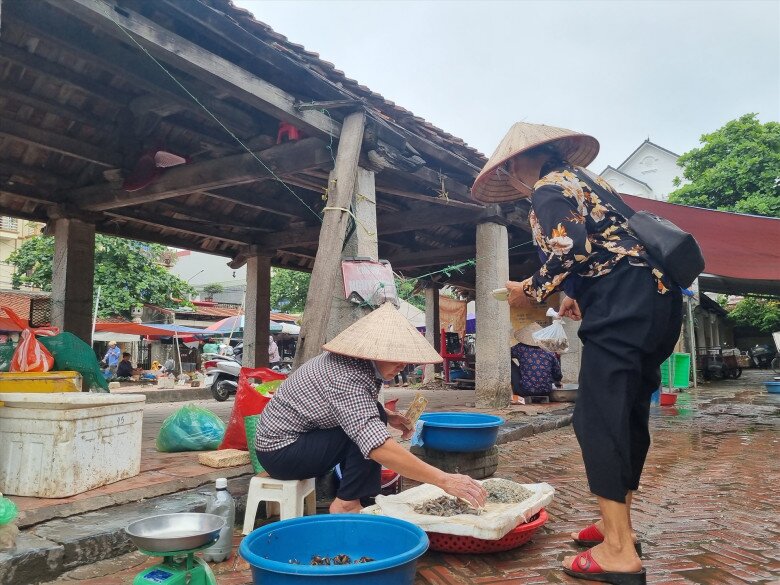
For almost two centuries, Cho Vang has served not just as a hub for trade and commerce but also as a cultural melting pot, preserving the traditional values of the Xứ Đông region.
However, after centuries of use, Cho Vang has fallen into a state of disrepair, with large cracks appearing in the walls of one of the shop rows. The wooden beams and columns also show signs of damage, with extensive cracks and deteriorating tiles. In response, the Cho Vang Management Board has posted danger signs, prohibiting access, trading, and parking in the affected area. Despite these warnings, some visitors continue to park their vehicles and set up stalls in the vicinity.
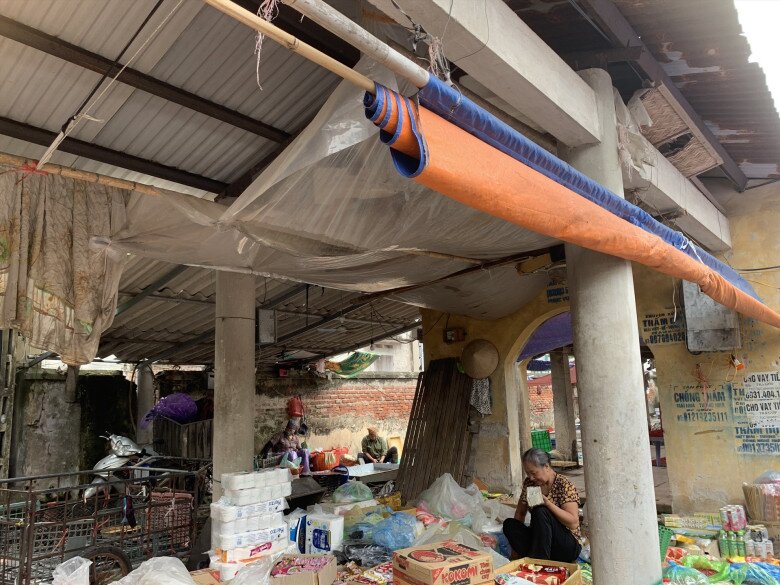
Traders and business owners operating in the ancient market eagerly await the commencement of renovation works, which will not only ensure better trading conditions but also enhance safety and security within the market premises.
Le Van Thao, Chairman of Quat Thang People’s Committee, acknowledged the critical state of some parts of the market. He emphasized that the approved planning task serves as a foundation for land management, construction, and infrastructure development, ultimately aiming to meet the needs of the local community.
The People’s Committee of Hai Duong City has officially approved the detailed planning task for Cho Vang at a scale of 1/500. Based on this approved plan, the Quat Thang People’s Committee is proceeding with the formulation of the renovation plan, which will undergo the necessary approval process as per regulations. The upcoming renovation project will prioritize preserving the market’s ancient architecture while implementing a phased approach to ensure the effectiveness of the restoration process.
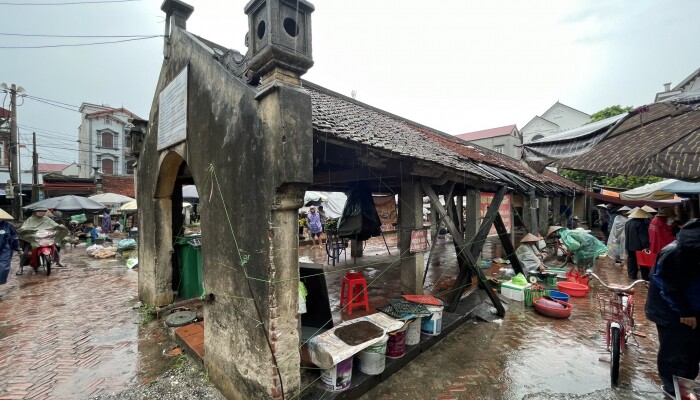
The preservation and enhancement of Cho Vang’s value go beyond cultural heritage conservation. It also serves as a catalyst for socio-economic development, ultimately improving the lives of the local community.
The Dawn of a Unique Buffalo Market in Lao Cai: A Pitch-Black Herd at Dawn
The Can Cau Cattle Market is a captivating destination in Lao Cai Province. This vibrant market is renowned for its lively trade of hundreds of cattle, brought by locals from distant villages. The scene is a kaleidoscope of colors, with Hmong and Giay youths gracefully flocking to the market, creating a unique and enchanting atmosphere in this far-flung border region.

























